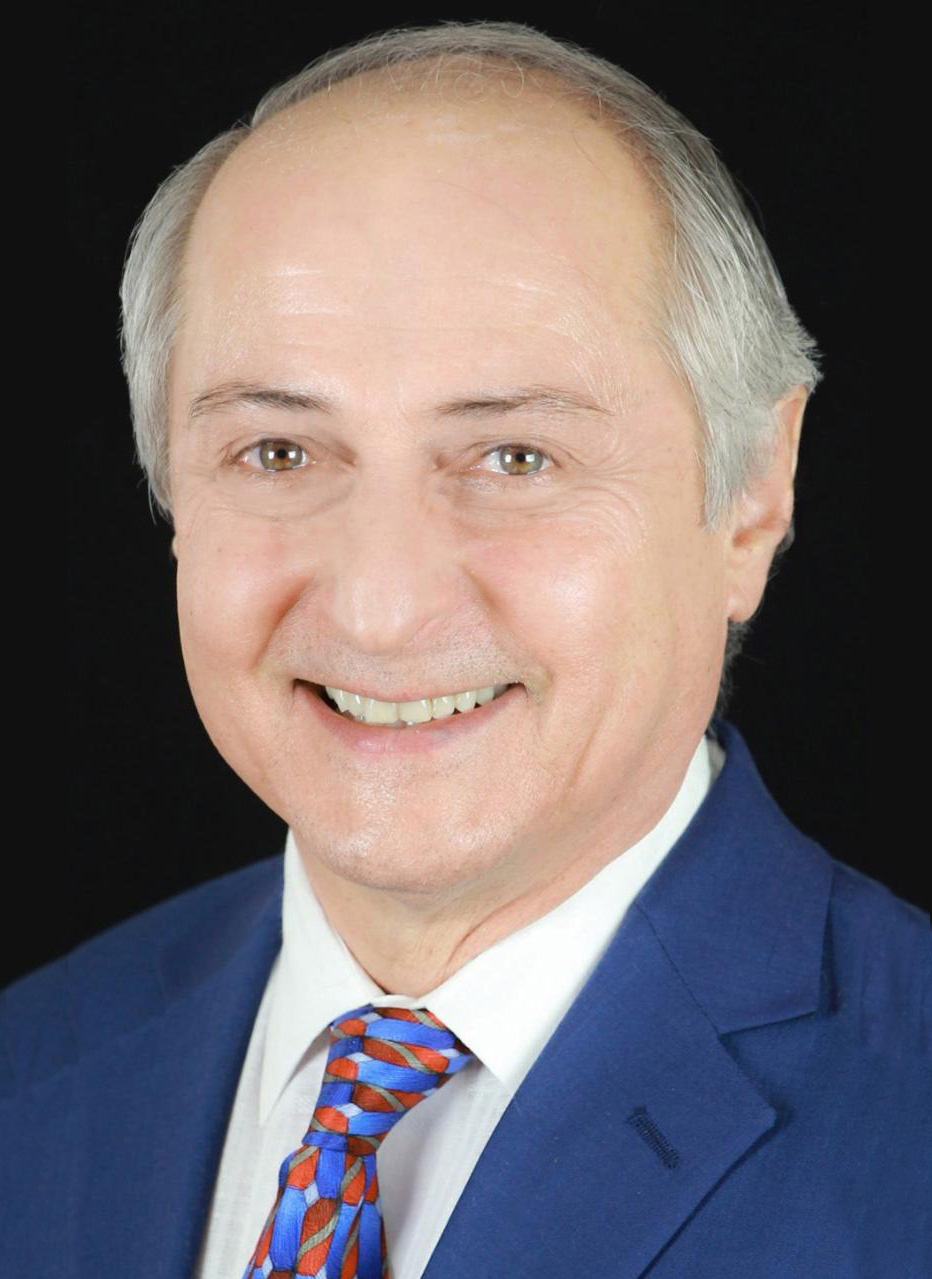By William M. Maykel, DC, DIBAK
Presented at the International College of Applied Kinesiology-USA
Proceedings of the Annual Meeting. Summer, 1987, p. 261
Abstract: The loss of the normal cervical lordotic curve may be directly challenged with a high degree of accuracy.
In the interest of achieving maximum balance in our patients’ bodies (as well as our own) normal spinal curves are essential. Newborns have a C-shaped spine. Placed on their stomachs to prevent choking to death, they soon develop the cervical lordosis as they satisfy their curiosity and hold their heads up to look around. The lumbar lordosis is developed in the crawling stage which lasts from 6 to 16 months. The three spinal curves give 15 times more strength to the spine in terms of spinal bio-mechanics.
The cervical curve may be lost due to trauma, chronic poor posture or a combination of the two. The resultant curve loss makes recurrent cervical subluxation the rule and invites degenerative joint disease. The weight of the adult head is between 12 and 15 pounds and is meant to be mediated through the facet joints. A straightened curve displaces the weight of the head forward onto the discs and a reversal significantly compresses the discs. By far the largest percentage of a chiropractor’s patient population suffers a hypolordosis and often reversed lordotic situation. The resultant degenerative disc disease is often insidious in nature and is responsible for a variety of diverse symptoms.
As an applied kinesiologist, you have an excellent tool at your finger tips. To determine if a patient has this problem, first observe the patient’s middle to upper thoracic kyphosis for mild to moderate or severe flattening. Do this with them standing and observe both the posterior and lateral angles. If present, a red light should go on. Secondly, with the patient standing or seated, face the patient and test and intact shoulder muscle such as the supraspinatous. Next, you have a choice of firmly grabbing the neck extensors as a group bilaterally and pulling them straight posteriorly while testing the shoulder muscle or gently pushing posteriorly on the mid-front portion of the patient’s neck. Both challenges give the same result. The only false positive I’ve seen is when using the posterior challenge on spastic neck extensors.
A neutral lateral cervical film will verify the challenge and five you’re an idea of the severity of the problem. When used carefully, this challenge is highly accurate (90+ percent correlation with X-rays) and is an excellent motivating device to quickly monitor patient progress.








